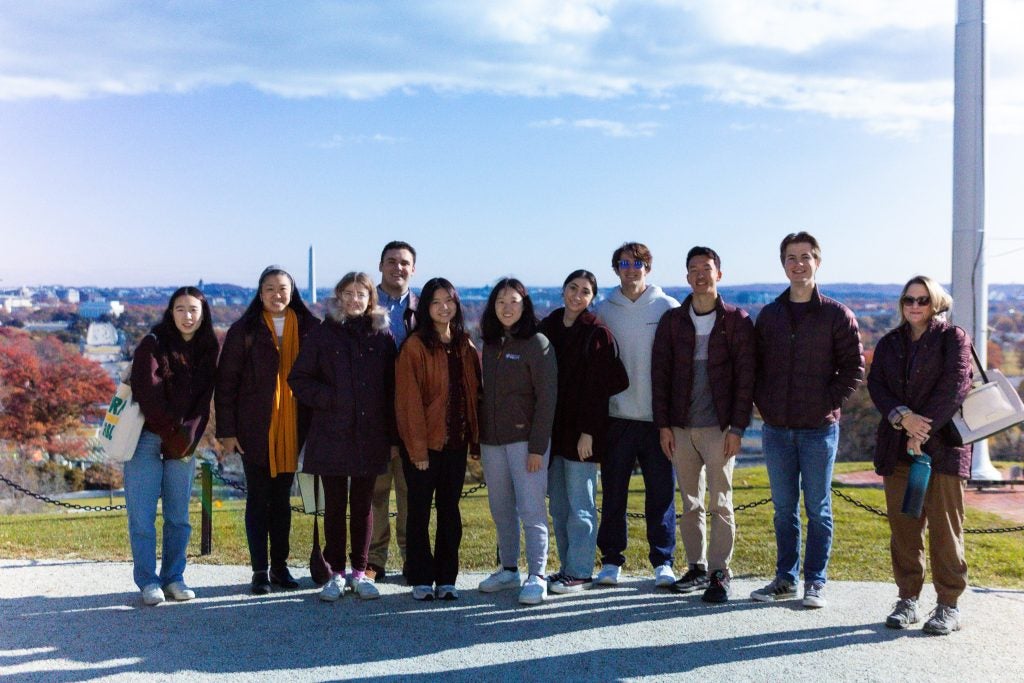The sun peeked through the trees on a chilly November morning as students in Professor Denise Ho’s class, Uses of the Past in Modern China, walked through the graves in Arlington National Cemetery. The field trip was a way to bring to life the meaning and importance of class material on “places of memory” in modern China. Ho has taught the class at multiple universities, but Georgetown’s DC location gave her fresh material.
“I’ve had a chance to teach this class in a number of different universities, including overseas, but this is the first time I’ve taught it in a capital city which comes with so much historical significance and memorial culture,” Ho says. “The ability to interface with history-making in the American context also helps remake the course for me.”
The class is an undergraduate upper level seminar in Asian studies and history. Nine students spent the semester learning about the role of the past in contemporary Chinese culture, society and politics. Ho teaches a graduate class, Chinese History in Chinese Politics, which also visited Arlington National Cemetery to see how commemorative practices in the United States compare to those in China.
Ho joined SFS this fall from Yale University, where she was an associate professor of history. Her expertise lies in the social and cultural history of the Mao period, with research interests extending to urban history, propaganda studies and material culture.
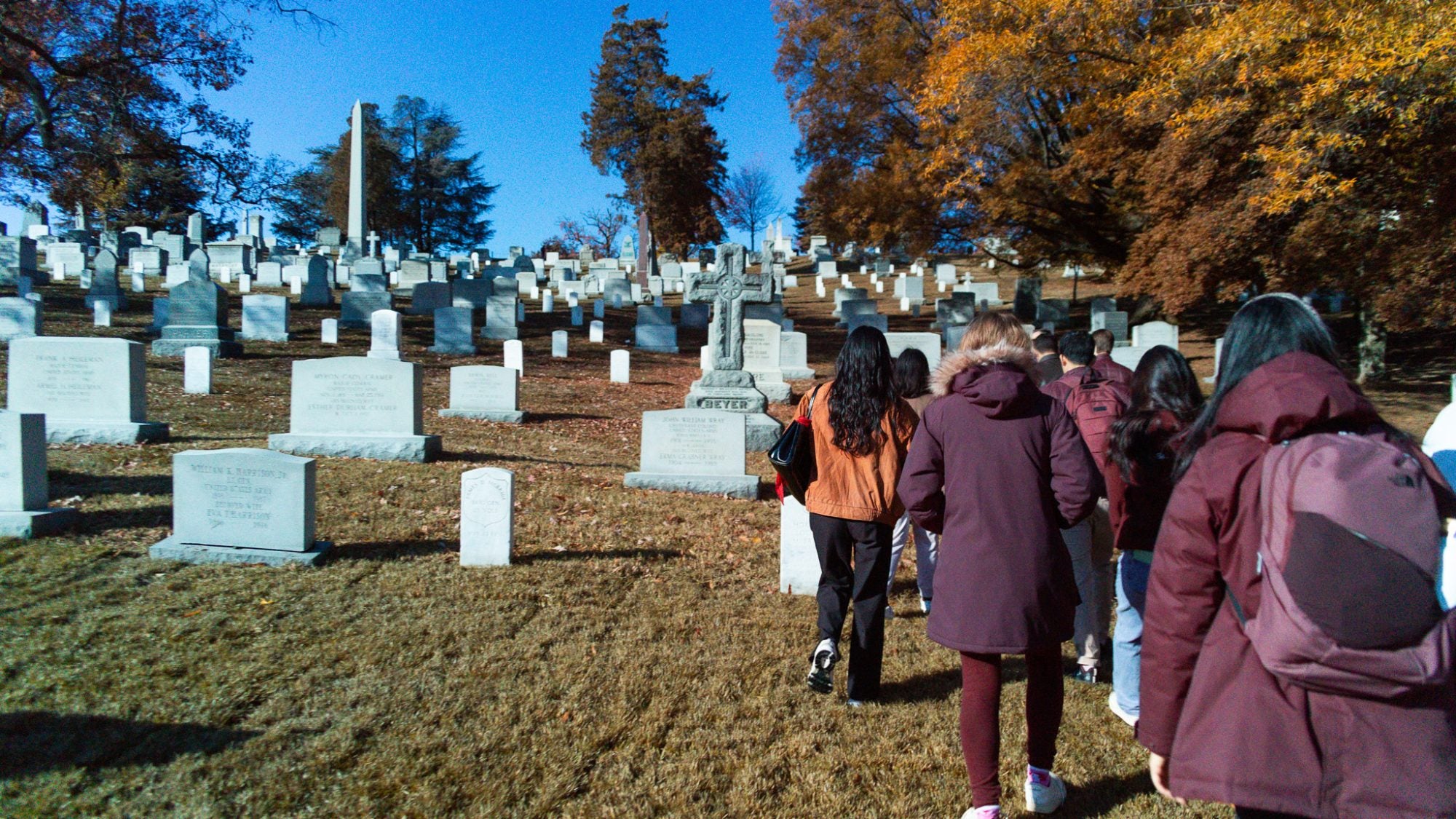
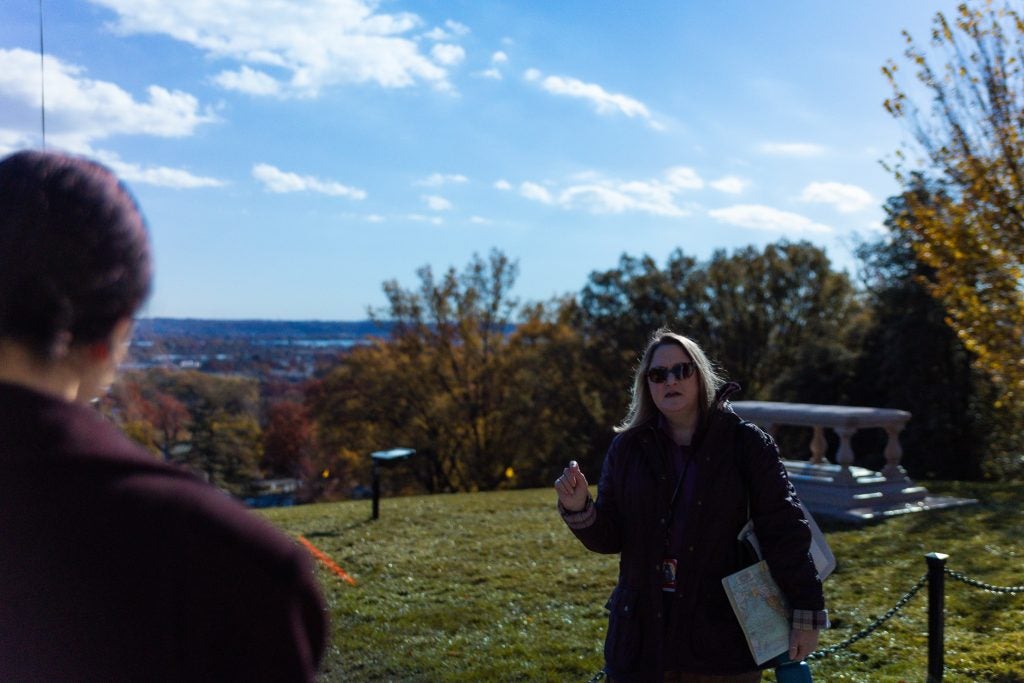
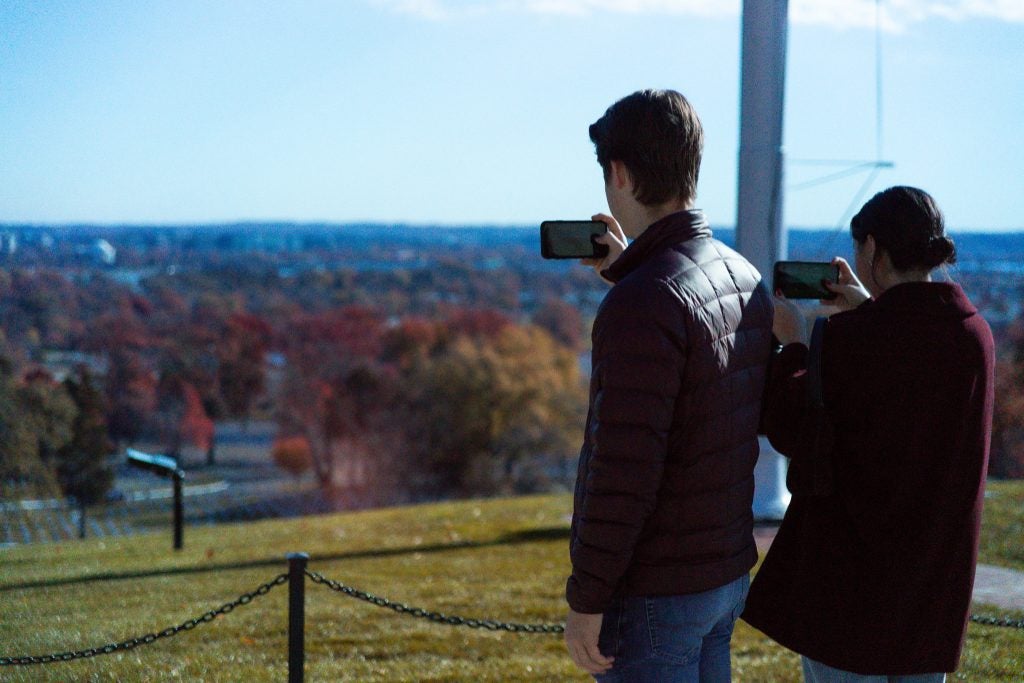
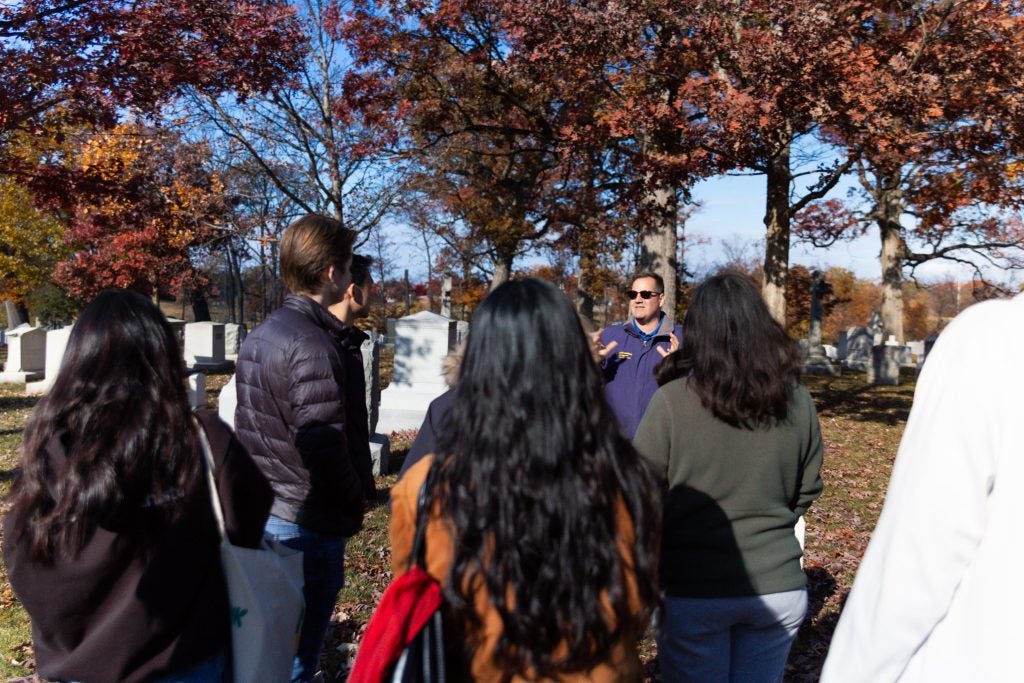
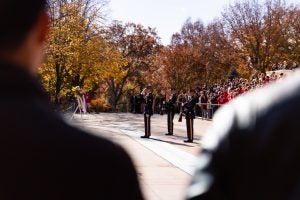 A highlight for Sophia Lu (SFS’26) was the changing of the guard ceremony at the Tomb of the Unknown Soldier.
A highlight for Sophia Lu (SFS’26) was the changing of the guard ceremony at the Tomb of the Unknown Soldier.